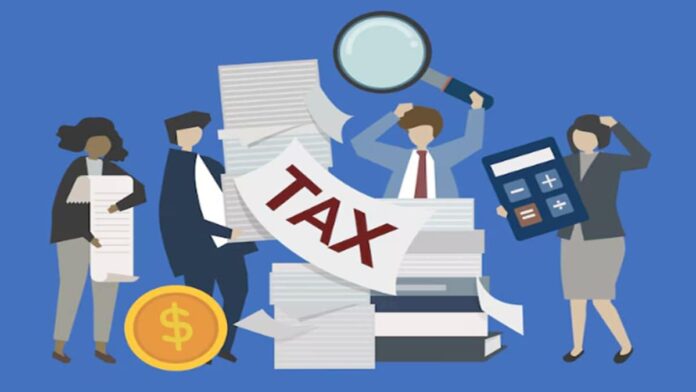As the income tax laws will now allow two properties to be treated as self-occupied instead of one, investing in a second home can be an appealing option, especially for those in the higher tax brackets. Apart from tax-savings, the property can yield long-term capital appreciation.
Due to the exemption of notional rent, taxpayers can save significantly. For instance, if the notional rent was `7.5 lakh a year, after considering a 30% standard deduction of `2.25 lakh the taxable rental income would have been `5.25 lakh. So, for an individual in the 30% tax slab (plus applicable cess), the tax would have been `1,63800. But after the changes effective from April 1, 2025, the tax outgo will be nil.
“The potential savings will vary based on the value of the property and the specific circumstances of the owner. The higher the deemed rental value of the property, higher will be the tax saving,” says Vishwas Panjiar, partner, Nangia Andersen.
Even buying a second property with a bank loan can be beneficial. For a self-occupied property, the maximum tax deduction on interest amount of a home loan is capped at `2 lakh a year under the old tax regime. However, there is no limit on deduction of interest amount paid every year in case of a let-out property in both the old and new tax regimes.
Capital gains on sale
For residential individuals and Hindu Undivided Families, the long-term capital gains from the sale of property held for more than 24 months will be taxed at 12.5%. In case of property purchased before July 23, 2024, there are two options to calculate the LTCG tax: One at 20% after factoring cost indexation benefit and the other at 12.5% without indexation.
Amit Maheshwari, tax partner, AKM Global, says if the tax computed without indexation exceeds the tax calculated using the indexation benefit, the excess tax will be ignored. “The taxpayer has the option to choose the treatment that is more beneficial to them, allowing for flexibility in tax planning.”
The tax rate of 20% with indexation could be advantageous in cases where property appreciation is closer to the inflation rate. However, if the value of the property at the time of sale has appreciated significantly, opting for 12.5% will be more beneficial. A longer holding period generally leads to a higher indexed cost of acquisition and,
» Read More


